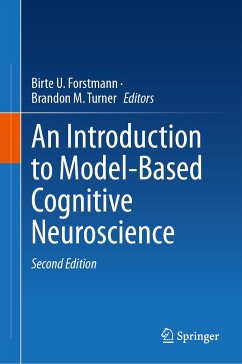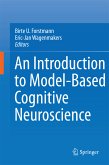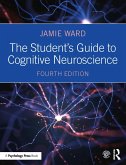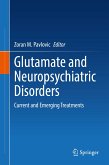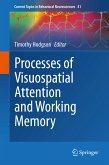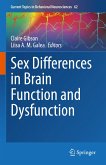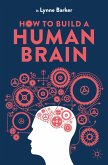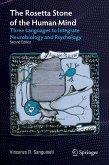The main goal of this edited collection is to promote the integration of cognitive modeling and cognitive neuroscience. Experts in the field provide tutorial-style chapters that explain particular techniques and highlight their usefulness through concrete examples and numerous case studies. The book also includes a thorough list of references pointing the reader toward additional literature and online resources. The second edition of Introduction to Model-Based Cognitive Neuroscience explores important new advances in the field including joint modeling and applications in areas such as computational psychiatry, neurodegenerative diseases, and social decision-making.
Dieser Download kann aus rechtlichen Gründen nur mit Rechnungsadresse in A, B, BG, CY, CZ, D, DK, EW, E, FIN, F, GR, HR, H, IRL, I, LT, L, LR, M, NL, PL, P, R, S, SLO, SK ausgeliefert werden.

